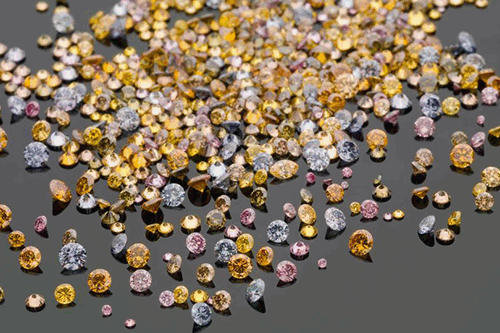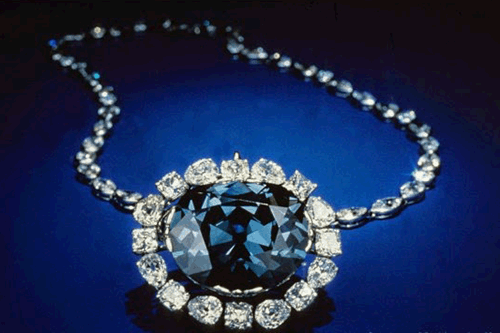
- HOME
- FACTS
- Carat
- Clarity
- Cut
- Four C's
- Shape
- Diamond Types
- Diamond Flaws
- Rough Diamonds
- Enhanced Natural Diamonds
- Lab Created Diamonds
- Simulants
- Fancy Colored Diamonds
- Fancy Black Diamonds
- Fancy Blue Diamonds
- Fancy Brown Diamonds
- Fancy Champagne Diamonds
- Fancy Cognac Diamonds
- Fancy Gray Diamonds
- Fancy Green Diamonds
- Fancy Pink Diamonds
- Fancy Red Diamonds
- Fancy White Diamonds
- Fancy Yellow Diamonds
- Gemstones
- HISTORY
- BUYING A DIAMOND
- DIAMOND CARE
- FAMOUS DIAMONDS
- DIAMOND MALL - DIAMOND SAVINGS
- Diamond Mall - All Diamond Types
- Loose Diamonds
- Diamond Bracelets
- Diamond Engagement Rings
- Diamond Earrings
- Diamond Eternity Rings
- Diamond Necklaces
- Diamond Pendants
- Diamond Wedding Rings
- Gemstone Jewelry
- Pave Set Diamond Engagement Rings
- Side Stone Diamond Engagement Rings
- Three Stone Diamond Engagement Rings
Diamond Cuts
|
The history of diamonds includes the evolution of techniques to make a diamond look more brilliant using the stone's naturally-occurring light refracting characteristics. As a result, over time, various diamond "cuts" were formulated each building on the other to increase the fire and brilliance that are hallmarks of a gem quality diamond, today. A chronology of cuts includes:
1) Point cut,
2) Table cut,
Continued further in the page |
Diamonds - A Brief History
|
Diamond Cuts
Through the Ages
Continued
3) Old Single cut,
4) Mazarin cut (the first brilliant
cut),
5) Peruzzi cut (a more developed brilliant
cut),
6) Old European cut (the most advanced pre-Tolkowski
cut), 7) Tolkowsky cut (the standard, ideal round brilliant cut, today - see Cut and Shape), 8) Modern cuts (post Tolkowski) Michael Tolkowski formulated a design for an "ideal" round brilliant cut diamond in 1919. This design has become the standard for determining quality of shape (proportion) and as a result the level of "fire" and "brilliance" in gem quality diamonds today. |

de Beers Millenium Star Diamond |

Diamonds come in all shapes, sizes and colors. |

Ever wonder what some of the most famous diamonds
look like? |

| Check out the DiamondAvenue Mall. |







